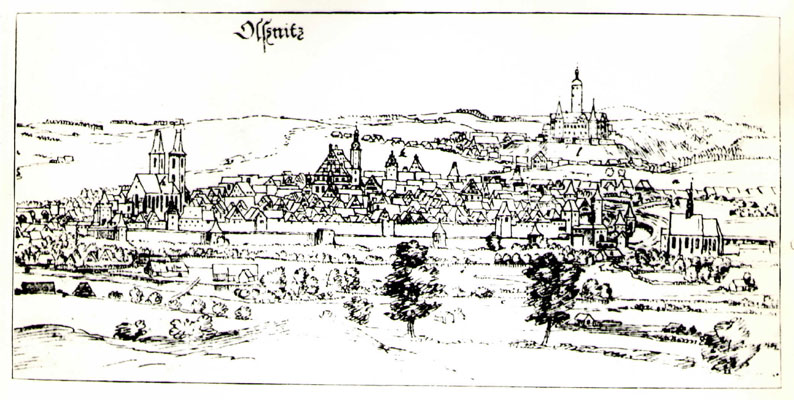History
The History of Oelsnitz
The origin of the settlement is located around the area of the old town near the place where the Gerbersbach is flowing into the Weiße Elster (which means white magpie).
As far as we know today slavic settlers took up residence there in the 8th century.
Several elements of their language gave the settlement the name Oelsnica, which means place of the alder. The first documents about the town are dated to the early 13th century. There has already been a church on a little hill over the center of the settlement in the year 1225.
In year 1357 Oelsnitz was allowed to call itself a town. The right to be a city was given by its first jurors.

The town experienced its first big boom in the early 16th century. This went along with the upcoming significance of mining – especially the mining of tin.
But time after time large fires and war conflicts inhibited the growth of the town – so did the occupation of imperial groups in 1632 during the 30-years-lasting-war. More than 500 people lost their lives.
Fires that spread over the town very fast developed as a consequence of houses that were built very close together and the careless use of flammable things. They laid the town in ashes during the 18th and 19th century.
Later Oelsnitz was mainly based on private agriculture and the work of craftsmen.
During the 17th century the textile industry became more important for the town. Weaving manufactures produced loin cloth and wool.
200 years ago manufacturing began to embrace.
In 1859 a big fire destroyed about 500 buildings. Therefore 70% of the citizens became homeless.
But Oelsnitz has made its way up again. It grew rapidly and was designed on the basis of a chessboard.
The growing industry widened too. Factories that produced corsets and curtains developed and finally the carpet industry reached Oelsnitz around 1880.
The policy of Mayor Ernst Sigismund Heppe let the town triple its number of citizens.
Carl Wilhelm Koch, who was involved in the carpet industry and the increasing number of factories, gave the town the name "city of carpets".
